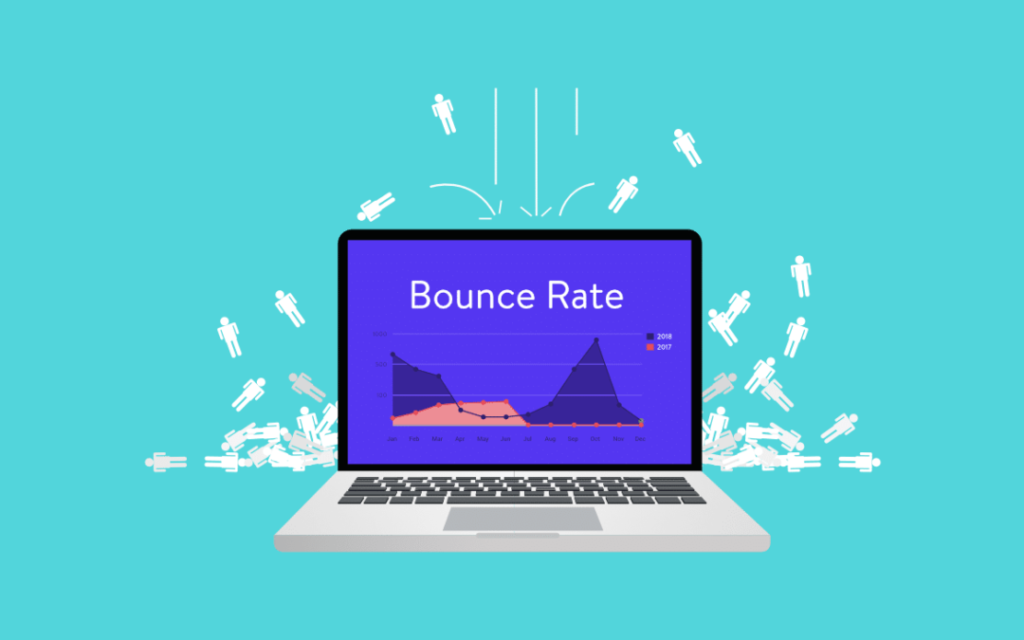The height of your bounce rate and whether that’s a good or a bad thing depends on the purpose of the page. If the use of the page is purely to inform, then a high bounce rate isn’t a bad thing per se. Of course, you’d like people to read more articles on your website, subscribe to your newsletter, and so on. But when they’ve only visited a page to, for instance, read a post or find an address, then it isn’t surprising that they close the tab after they’re done reading. There’s no trigger sent to the Google Analytics server, so it’s a bounce. A smart thing to do, when you own a blog, is creating a segment that only contains ‘New visitors.’ If the bounce rate amongst new visitors is high, think about how you could improve their engagement with your site because you do want new visitors to engage with your website. If the purpose of a page is to engage with your site actively, then a high bounce rate is a bad thing. Let’s say you have a page that has one goal: get visitors to subscribe to your newsletter. If that page has a high bounce rate, then you might need to optimize the page itself. By adding a clear call-to-action, a ‘Subscribe to our newsletter’ button, for instance, you could lower that bounce rate. But there can be other causes for a high bounce rate on a newsletter subscription page. In case you’ve lured visitors in under pretenses, you shouldn’t be surprised when these visitors don’t engage with your page. They probably expected something else when landing on your subscription page.
How to interpret bounce rates?
